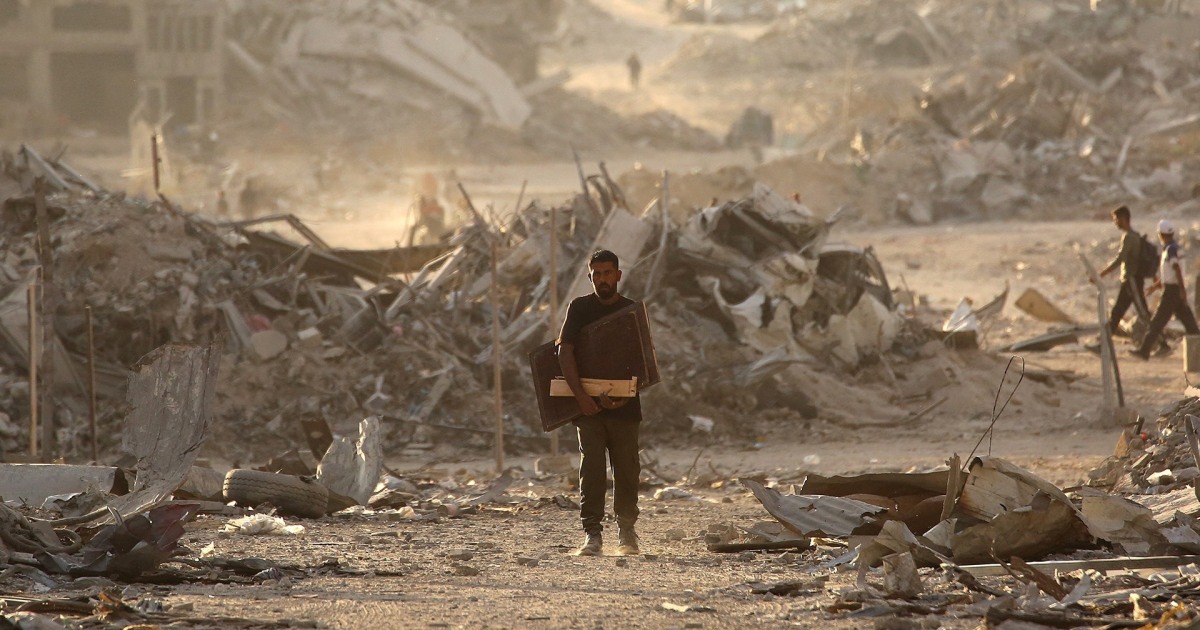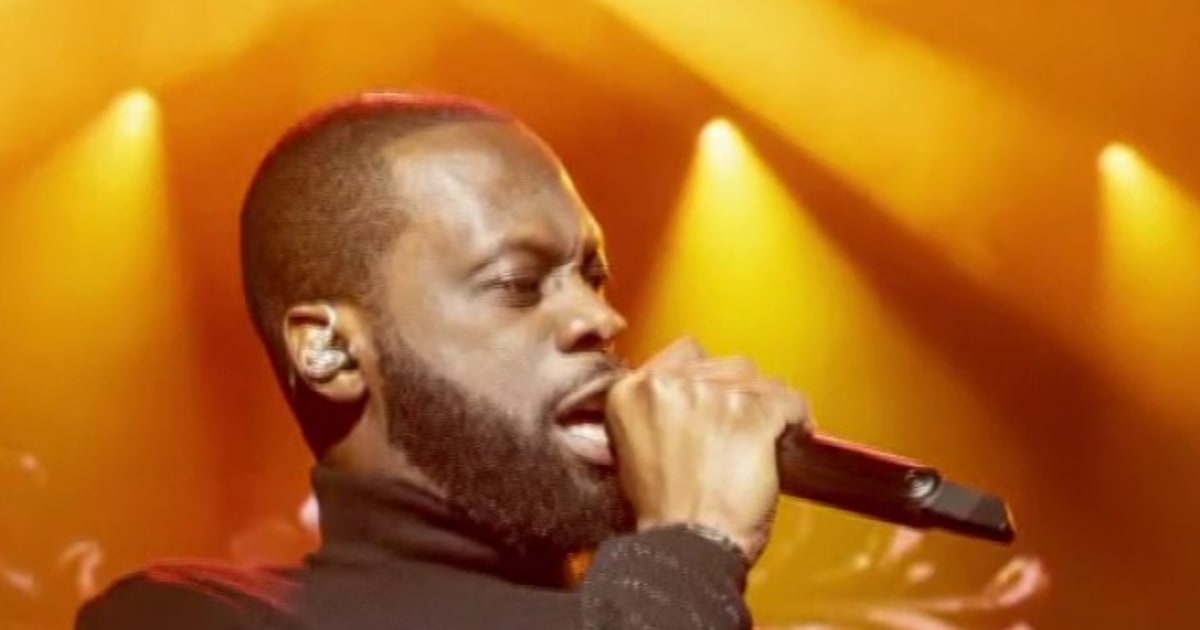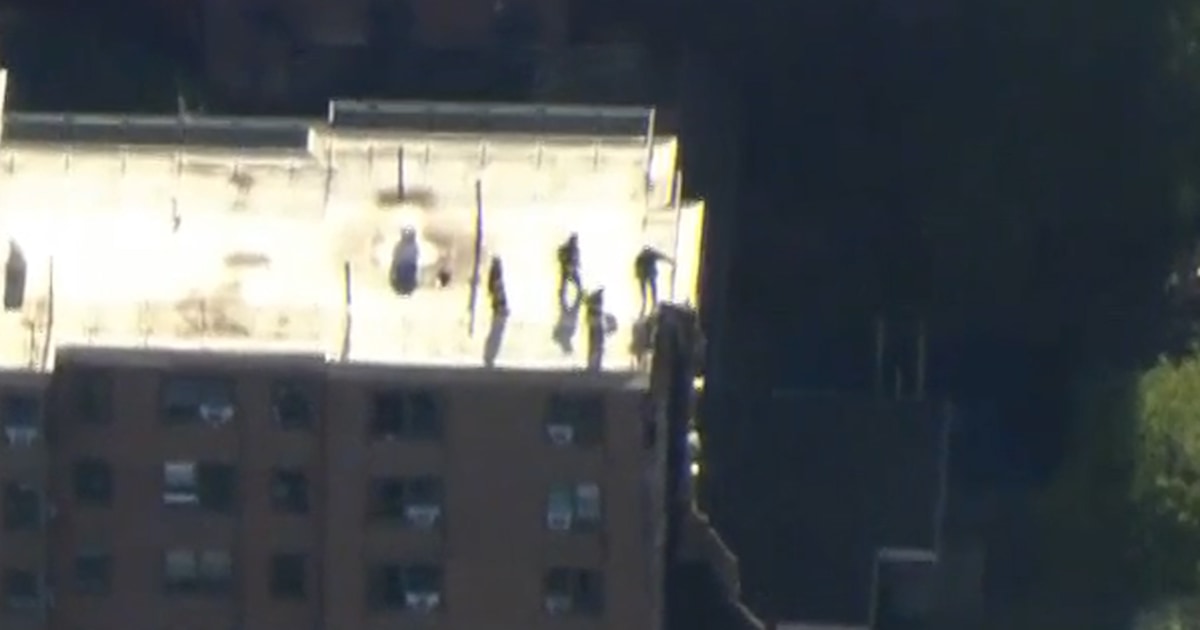As Israelis anticipate the return of hostages on Monday as part of the peace deal with Hamas, residents of Gaza are facing the task of rebuilding. Meanwhile, President Donald Trump’s Special Envoy Steve Witkoff, along with Ivanka Trump and Jared Kushner, addressed huge crowds in Tel Aviv’s Hostage Square to celebrate the deal. NBC’s Matt Bradley reports for Sunday TODAY.
Source link
Gazans Return Home as Israel-Hamas Peace Deal Holds




